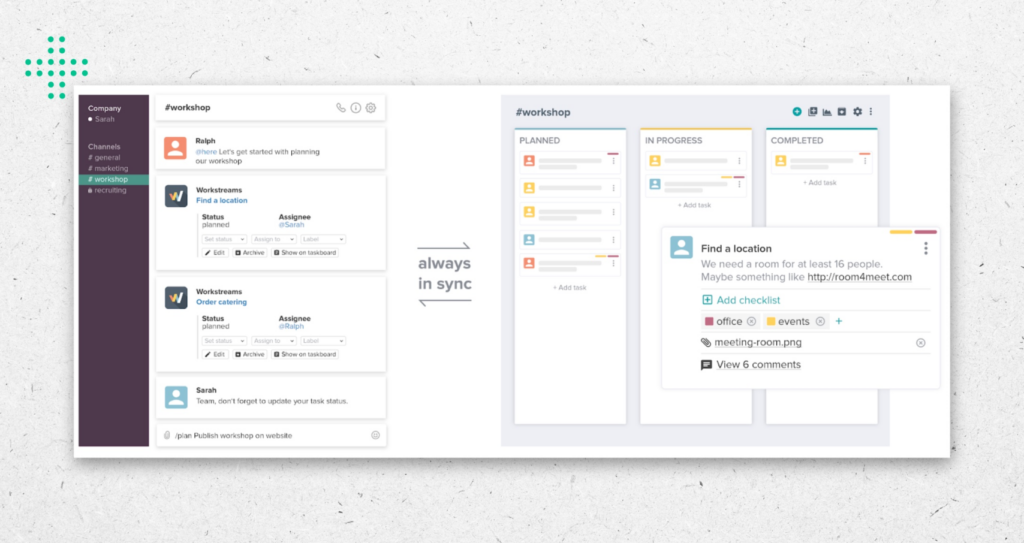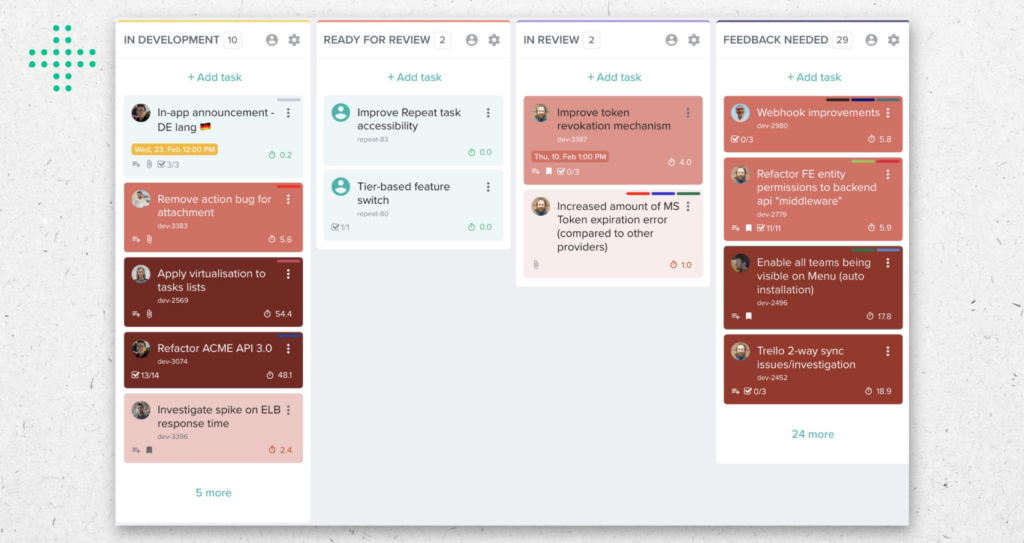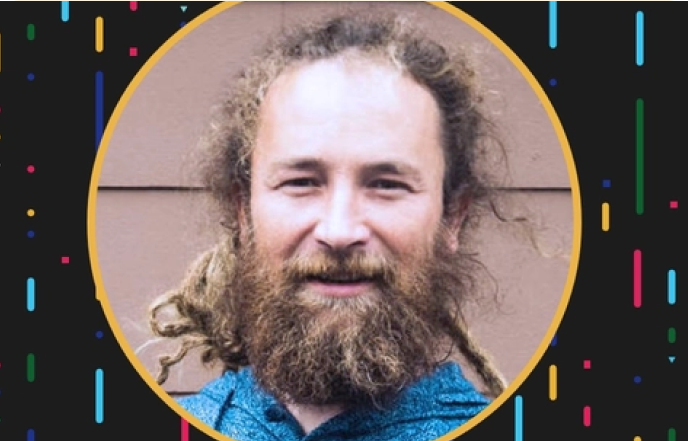How a new approach to task management software can drive and maintain alignment in the midst of the remote work revolution
The Workstreams.ai vision: Work-life balance through efficient workflows in the digital-first era
Alissa Renz: Your vision for Workstreams.ai was to change the way that companies handle task management. What piqued your interest in this area?
Roman Roznovsky: In 2012, I moved to Germany and took a position where my job was to create a sort of bridge between an English company and a German company. There were a lot of unique communication issues to be solved.
My primary focus was to get people aligned, and through that to get the processes aligned. Then, finally, to get everything for the two companies aligned. It was an interesting journey because it was a mix of working with not only the computers and software but also the people and their cultures behind the software.
After that I took a job where the challenge was to scale up software development teams. Exploring challenges like where to source people, how to get the culture right and how to make sure that people can manage themselves in some way.
I came on board to Workstreams.ai a couple months after the initial prototype. I could see that there was a growing demand for a well-embedded task management solution, built right into existing communications platforms like Slack.

Renz: Tell us more about Workstreams.ai and how it provides value for teams.
Roznovsky: Workstreams.ai is designed to empower individuals to prioritize, collaborate and, ultimately, get things done. It’s more than just a web task board. … It’s a versatile yet easy-to-use AI-powered platform that provides a lot of knowledge and insight that can be used cross-departmentally to enhance productivity.
HR is a great example. As soon as a company starts hiring, they have all these applicants to keep track of. Workstreams.ai can create and manage a workflow that automates every step of the hiring process. Each candidate is processed through the workflow, from screening to interviews to culture check and the last stage of either accepted or rejected.
At each step, valuable information gets tagged in by the application. It follows the applicant to onboarding, which is more automated tasks and subtasks, and finally to regular performance reviews. Your finely tuned workflow is applied evenly and reliably to every candidate.
“I could see that there was a growing demand for a well-embedded task management solution, built right into existing communications platforms like Slack.”
The Slack platform: “Just the interface we needed, for all our communication”
Renz: Sounds like a much smoother process! Where did Slack come in? Why did you choose to build a Slack-first application?
Roznovsky: Well, when we started, Slack was the coolest kid on the block and we wanted to be part of the future! It was the only platform where you could embed an application, and it was the first platform where you could actually pull information out of it into other apps. It gave us an opportunity to label all our data, so the system could do even more work for us in the long term.
Slack was just the interface we needed, for all our tasks. A fully real-time experience for people working on one task with multiple applications, and a good way to meet various challenges at once.
Renz: On the topic of challenges, have you seen any new ones emerge from the shift to remote work?
Roznovsky: It’s a bizarre situation that we’re now in. Personally, I started working remotely in 2010. I gave that choice to my team, and did the same at other companies. For me it was always possible. But the core of it was giving people that choice.
Now the choice has been taken away from us. In the beginning, most people thought it was great. But now we’re two years in, and it’s starting to have a strong impact on the social development of teams. In some teams, people just stopped meeting with each other. Some people would even leave the team because of it.
There was a surge towards new communications tools; it was like a tsunami. Everybody knew that they needed some kind of tool, but it was a while before people started to step back and think about what they needed specifically.
The biggest challenge is making sure everyone has enough choices and that work can move forward in a fluid motion. That means making things as simple as possible and making sure you get the communication right. You have to put a layer of empathy around you and slow down your expectations.
Renz: Good communication is certainly a cornerstone of a healthy digital work environment. How has Slack helped overcome some of these communication challenges?
Roznovsky: Slack Connect is one. All of our premium accounts have a Slack Connect channel, and it’s the easiest way to get things sorted for people in a matter of minutes instead of days. It’s amazing: a massive advantage over the competition.
The speed of event delivery is another one. In general, even with this incredible volume, it’s a matter of milliseconds.
“If you have an idea, and you think it can either help you or someone else, start with the simplest vertical.”
Using AI references to break through bottlenecks
Renz: What’s on the horizon for Workstreams.ai? Are there any projects or features you’re particularly excited about?
Roznovsky: We’re leveraging our AI technology to address the problems inherent with task estimations. With task boards, people are always asked to make estimations. How long do you think it will take? How much time have similar tasks taken in the past?
It’s about a false sense of control. What we’re asking ourselves is, Can we leverage all the data and references around us and get AI to do those predictions for us?
Data gives us the leverage to do the estimations automatically. What we want is for people to stop doing estimations, because they’re always wrong. Instead of false expectations, data provides the references you need.
The second layer on top is color coding to visually represent things that got stuck. The more red it is, the more questionable it is. We made it obvious for everyone to see where they may be stuck. It’s a great way to get people seeing the same reality, to see where the bottlenecks might be, and avoid future bottlenecks due to false estimations.

Renz: For developers who are interested in building on Slack, do you have any words of wisdom?
Roznovsky: If you have an idea, and you think it can either help you or someone else, start with the simplest vertical. Then get it tested by five people. You don’t need more than five people to discover 80% of the issues.
As soon as you see value, just keep adding to that. Don’t be afraid to make radical spins. At that early stage, you’re not going to hurt anyone with your project changes. It doesn’t have to be rocket science. Just do it. Remember that the biggest ideas are the simplest, simplest solutions.
Renz: And as a seasoned Slack pro, any tips or tricks to share?
Roznovsky: Command + K! I think the majority of users aren’t using keyboard shortcuts enough. Command + K is a massive one; it lets you switch between conversations effortlessly. And it works in both Slack and Workstreams.ai.
I’d also say reach out to the community. The Slack Community workspace has thousands of users now. It’s a pity that we can’t have more meetups in person right now, but I believe that soon we’ll be able to come together safely again. The Slack Community can support a lot. You can learn a lot from other developers, draw inspiration and find new ways to solve problems.

